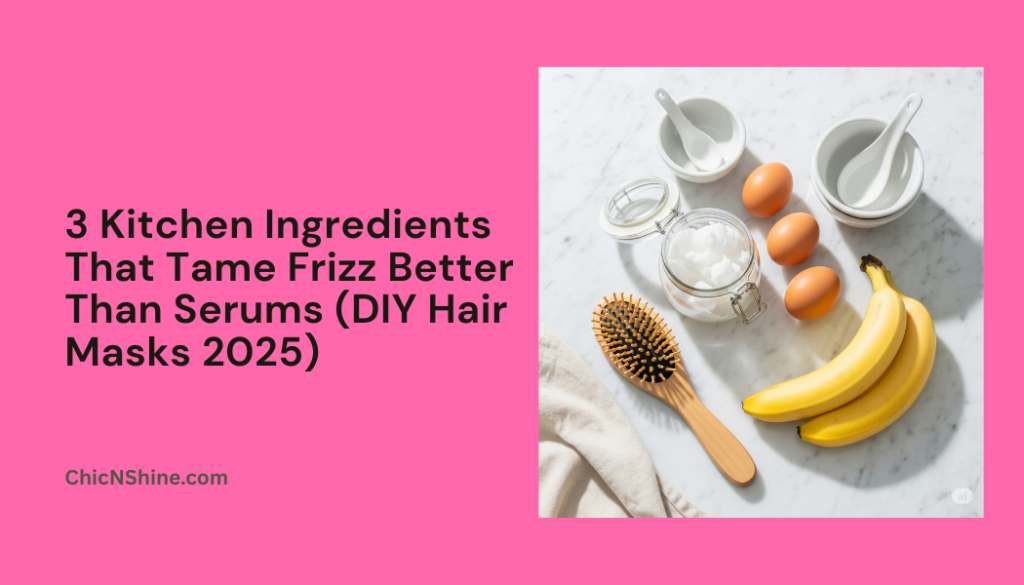Last monsoon season changed everything I thought I knew about hair care when I discovered that the most effective DIY hair masks for monsoon frizz were hiding right in my kitchen pantry. After spending hundreds of dollars on expensive anti-frizz serums that barely lasted through one humid day, I was desperate for a solution that worked. What I found through months of experimentation was that three simple kitchen ingredients could transform my unruly, frizz-prone hair into smooth, manageable locks that stayed perfect even during the most humid monsoon days.
My battle with monsoon frizz began three years ago when I moved to a coastal city where humidity levels regularly exceeded 80% during the rainy season. Despite trying every commercial anti-frizz product available, my hair would transform into an uncontrollable mess within hours of stepping outside. The constant cycle of washing, applying expensive serums, and watching my hair rebel against every product led me to explore natural alternatives that my grandmother had sworn by for decades.
The breakthrough came when I realized that commercial hair products often contain ingredients that worsen frizz in high humidity conditions. Silicones create temporary smoothness but eventually cause buildup that attracts moisture, while alcohol-based products strip natural oils that protect hair from environmental factors. Consequently, I began researching traditional hair care methods that worked with natural hair structure rather than against it.
The Science Behind Kitchen-Based Hair Care
Understanding why DIY hair masks for monsoon frizz work better than commercial products requires examining the science of hair structure and humidity interaction. Hair cuticles naturally lift and separate in humid conditions, allowing moisture to penetrate the hair shaft and cause swelling that results in frizz. Moreover, damaged or chemically treated hair has compromised cuticles that are even more susceptible to humidity-related problems.
Kitchen ingredients work because they contain natural compounds that can temporarily seal hair cuticles, provide deep moisture, and create protective barriers against environmental humidity. Furthermore, these ingredients don’t contain the harsh chemicals that can damage hair over time, making them safer for regular use during extended monsoon seasons.
The molecular structure of natural ingredients like proteins, healthy fats, and natural sugars allows them to penetrate hair shafts more effectively than synthetic alternatives. Additionally, kitchen-based treatments provide nutrients that improve hair health over time rather than simply masking problems with temporary fixes.
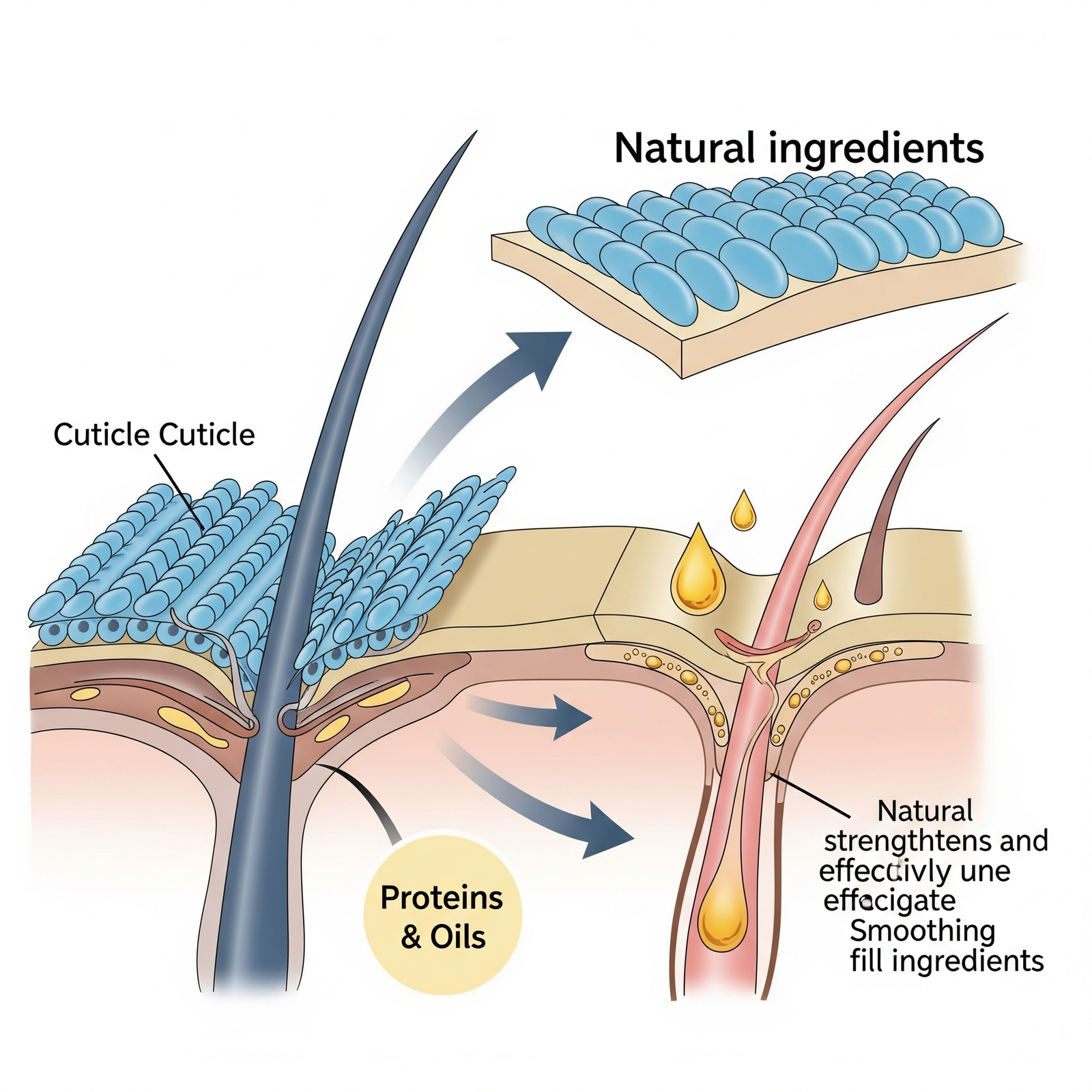
Coconut Oil and Honey Miracle Mask – The Ultimate Humidity Shield
My first successful DIY hair mask for monsoon frizz combined coconut oil with raw honey, creating what I now consider the gold standard for humidity protection. This combination works because coconut oil molecules are small enough to penetrate the hair shaft while honey acts as a natural humectant that draws moisture from the air and locks it into your hair rather than causing frizz.
I discovered this powerful combination during a particularly challenging monsoon week when my hair seemed impossible to manage. After applying this mask twice weekly for a month, I noticed dramatic improvements not only in frizz control but also in overall hair texture and shine. Coconut oil provides essential fatty acids that strengthen hair structure, while honey contains enzymes and antioxidants that repair damage caused by environmental stressors.
The preparation process is surprisingly simple, yet the results rival expensive salon treatments. I warm two tablespoons of virgin coconut oil until it’s liquid but not hot, then blend it with one tablespoon of raw honey until the mixture is smooth and consistent. The key to maximum effectiveness lies in applying this mask to slightly damp hair, starting from mid-length to ends, and then working the remaining product through the roots.
What sets this mask apart from commercial treatments is its ability to provide both immediate and long-term benefits. Immediately after rinsing, hair feels softer and more manageable, while continued use over several weeks creates a protective coating that shields hair from humidity-related damage. Furthermore, the natural antimicrobial properties of honey help maintain scalp health, which is crucial for producing strong, healthy hair that’s naturally resistant to frizz.
Amazon Affiliate Suggestion: Virgin coconut oil, raw honey, hair treatment bowls, wide-tooth combs

Egg Protein Power Mask – Rebuilding Hair from Within
The revelation that eggs could completely transform my monsoon hair care routine came from my hairstylist’s casual mention that protein treatments were essential for frizz control. However, instead of booking expensive salon appointments, I decided to experiment with the most accessible protein source available – fresh eggs from my kitchen refrigerator.
Eggs contain complete proteins that temporarily fill in gaps in damaged hair cuticles, creating smoother surfaces that reflect light better and resist humidity penetration. My egg mask recipe combines two whole eggs with one tablespoon of olive oil and a teaspoon of apple cider vinegar, creating a treatment that addresses multiple hair concerns simultaneously while providing superior frizz control.
The transformation I experienced with regular egg treatments exceeded my expectations completely. Within three weeks of using this mask twice weekly, my hair became noticeably stronger, shinier, and significantly more resistant to humidity-induced frizz. The protein in eggs rebuilds damaged hair structure, while the olive oil provides moisture, and the apple cider vinegar balances pH levels that can affect how hair responds to environmental conditions.
Application technique matters enormously with egg-based masks because improper temperature can cause proteins to cook and become difficult to remove. I always use room-temperature eggs and lukewarm water for mixing and rinsing, ensuring that proteins remain in their beneficial liquid state throughout the treatment process. Additionally, I’ve learned that leaving the mask on for exactly 20 minutes provides maximum protein absorption without over-processing.
The long-term benefits of egg protein treatments extend far beyond immediate frizz control. Regular use has strengthened my hair against chemical damage, improved elasticity that prevents breakage, and created a natural protective barrier that maintains smoothness even during the most humid monsoon conditions. Moreover, the complete amino acid profile in eggs provides nutrients that support healthy hair growth and overall scalp condition.
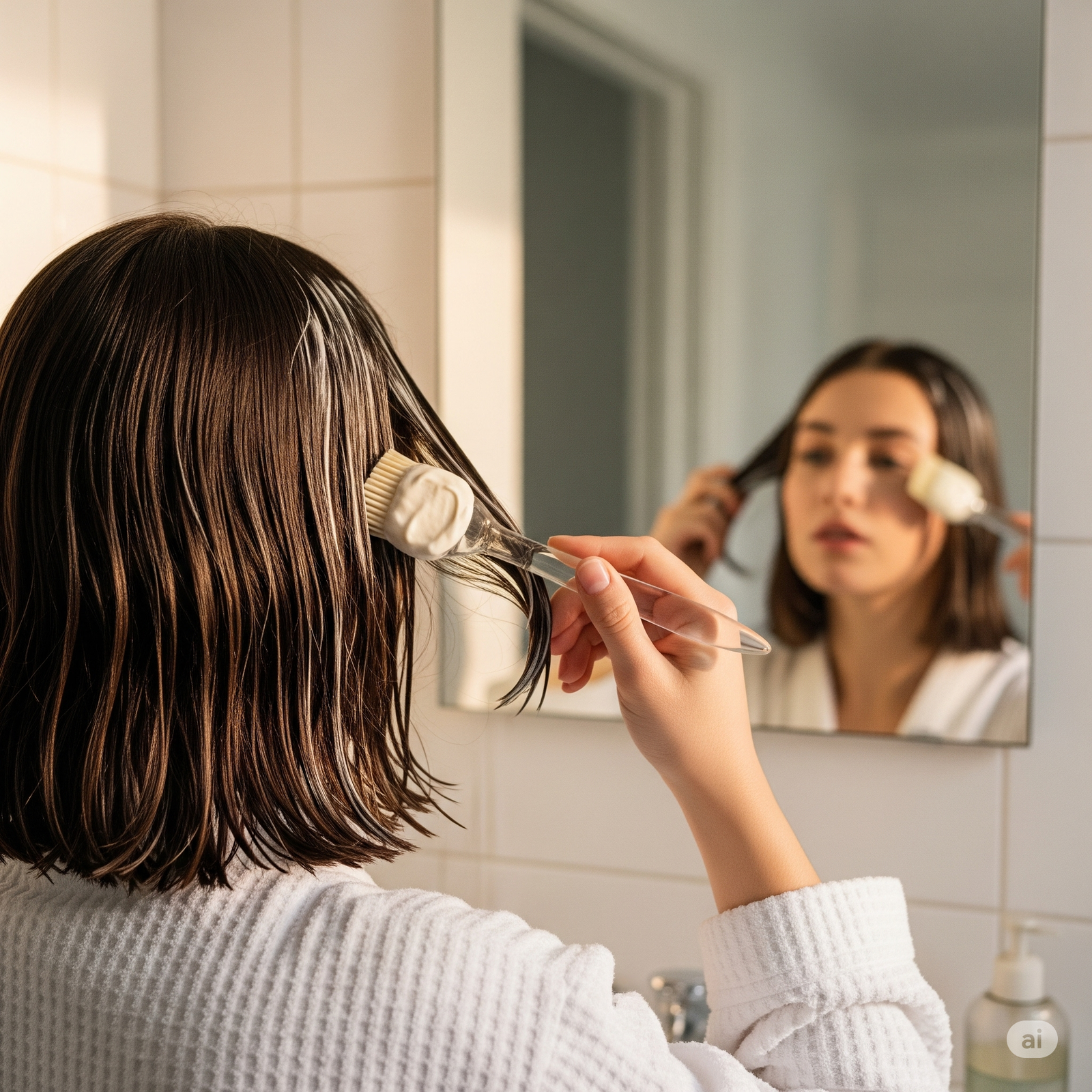
Banana Avocado Smoothie Mask – Deep Moisture for Frizz Prevention
The discovery that overripe bananas could become powerful hair treatments happened by accident when I was preparing smoothies and noticed how incredibly moisturizing the fruit felt on my hands. This observation led me to experiment with banana-based DIY hair masks for monsoon frizz, ultimately developing what became my go-to treatment for severely dry and damaged hair.
Bananas contain natural sugars, potassium, and vitamins that provide deep conditioning while avocados contribute healthy fats and proteins that smooth hair cuticles and prevent moisture loss. My perfected recipe combines one ripe banana with half an avocado, creating a creamy mask that’s easy to apply and incredibly effective at taming even the most stubborn frizz.
The preparation process requires attention to texture since lumpy masks can be difficult to distribute evenly and challenging to rinse out completely. I use a fork to mash ingredients thoroughly, then blend with a tablespoon of coconut milk until the mixture reaches a smooth, pudding-like consistency. This careful preparation ensures even application and easy removal while maximizing the treatment’s effectiveness.
What makes this mask particularly effective for monsoon frizz is its ability to provide both immediate smoothing and long-term moisture retention. The natural oils in avocado create a protective barrier that shields hair from humidity, while banana’s natural sugars help seal hair cuticles and lock in moisture. Furthermore, the potassium in bananas helps strengthen hair structure, making it naturally more resistant to environmental damage.
I’ve found that this mask works exceptionally well as a pre-shampoo treatment, applied to dry hair 30 minutes before washing. This technique allows maximum nutrient absorption while making the mask easier to rinse out completely. Additionally, the natural enzymes in both fruits help remove product buildup that can interfere with moisture absorption and contribute to frizz problems.
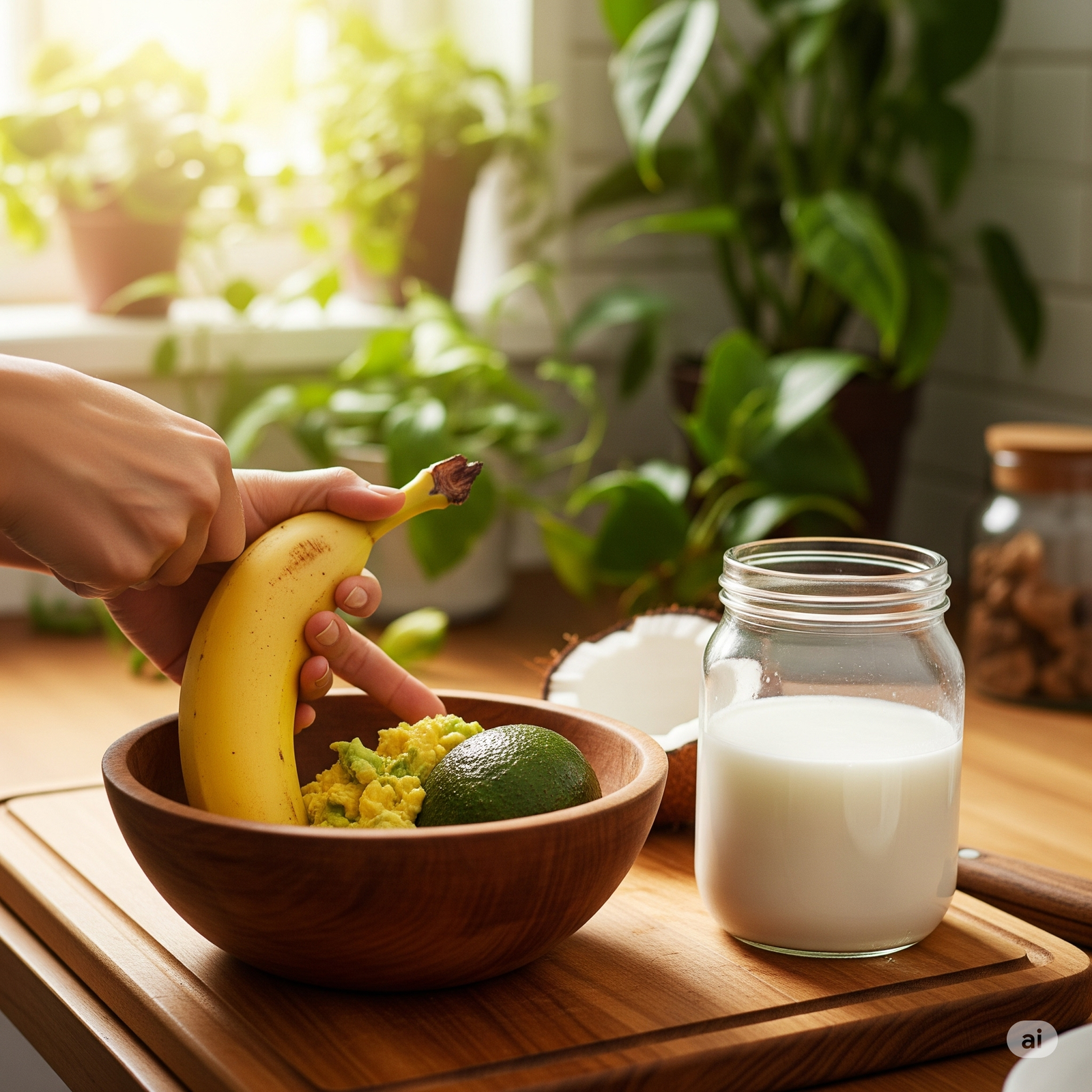
Advanced Application Techniques for Maximum Results
Mastering the application of DIY hair masks for monsoon frizz requires understanding how different hair types and conditions respond to natural treatments. Through extensive experimentation, I’ve developed specific techniques that maximize effectiveness while minimizing mess and preparation time.
The timing of mask application significantly impacts results, and I’ve discovered that applying treatments to slightly damp hair provides optimal penetration while preventing the masks from drying out too quickly. Additionally, sectioning hair into manageable portions ensures even distribution and allows each strand to receive adequate treatment coverage.
Heat activation dramatically improves the effectiveness of natural hair masks, and I’ve found that wrapping treated hair in a warm, damp towel for 10-15 minutes enhances ingredient penetration. The gentle heat opens hair cuticles slightly, allowing beneficial compounds to reach deeper into the hair shaft where they can provide lasting benefits. Furthermore, this technique helps ingredients blend more thoroughly with natural hair oils, creating a more cohesive treatment effect.
Removal technique is equally important as application, and I’ve learned that starting with cool water prevents proteins from setting while making natural oils easier to emulsify and rinse away. Following up with a gentle sulfate-free shampoo ensures complete removal while preserving the beneficial effects of the treatment.
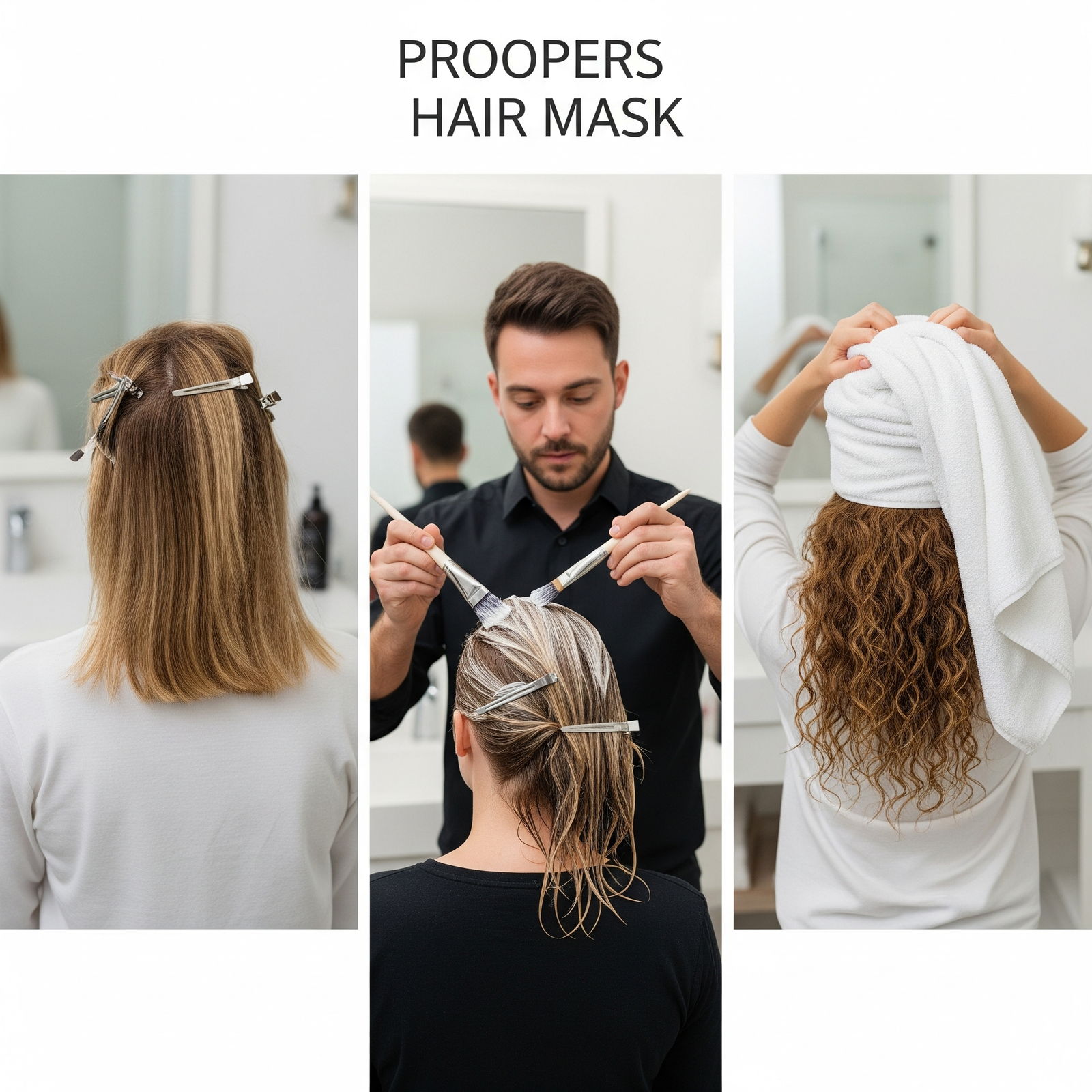
Customizing Treatments for Different Hair Types and Damage Levels
Understanding how to modify DIY hair masks for monsoon frizz based on individual hair characteristics has been crucial for achieving consistent results across different hair types and damage levels. Fine hair requires lighter formulations that won’t weigh down strands, while thick, coarse hair can handle richer treatments that provide more intensive conditioning.
For fine or oily hair, I reduce oil quantities and add ingredients like lemon juice or apple cider vinegar that help clarify without stripping natural oils. Conversely, thick or chemically damaged hair benefits from increased oil content and longer processing times that allow for deeper penetration and repair.
Color-treated hair presents unique challenges since chemical processing creates additional porosity that can make hair more susceptible to frizz while also affecting how treatments are absorbed. I’ve found that adding protein-rich ingredients like eggs becomes even more important for color-treated hair while reducing acidic components helps preserve color vibrancy.
Curl pattern also influences treatment modification, as naturally curly hair typically requires more moisture and oil-based ingredients to maintain proper curl formation while controlling frizz. Meanwhile, straight hair often responds better to lighter treatments that smooth without adding weight that can cause limpness.
Troubleshooting Common DIY Hair Mask Challenges
Throughout my journey with natural hair treatments, I’ve encountered virtually every challenge that can arise when making and using DIY hair masks for monsoon frizz. The most common issues involve ingredient preparation, application difficulties, and removal problems that can turn beneficial treatments into frustrating experiences.
Ingredient consistency represents the most frequent challenge, particularly with masks containing fruits or vegetables that can create lumpy textures. I’ve solved this by investing in a small immersion blender that creates perfectly smooth mixtures every time, eliminating chunks that can tangle in hair or rinse unevenly.
Temperature sensitivity affects both preparation and application, as ingredients like coconut oil solidify in cool conditions while eggs can cook if water is too hot. My solution involves maintaining room temperature ingredients and using lukewarm water throughout the process, ensuring optimal consistency and effectiveness.
Removal difficulties often occur when masks contain sticky ingredients like honey or when proteins begin to set from exposure to heat. I’ve learned to start rinsing with cool water and gradually increase the temperature while using gentle massaging motions to help ingredients emulsify and wash away completely.
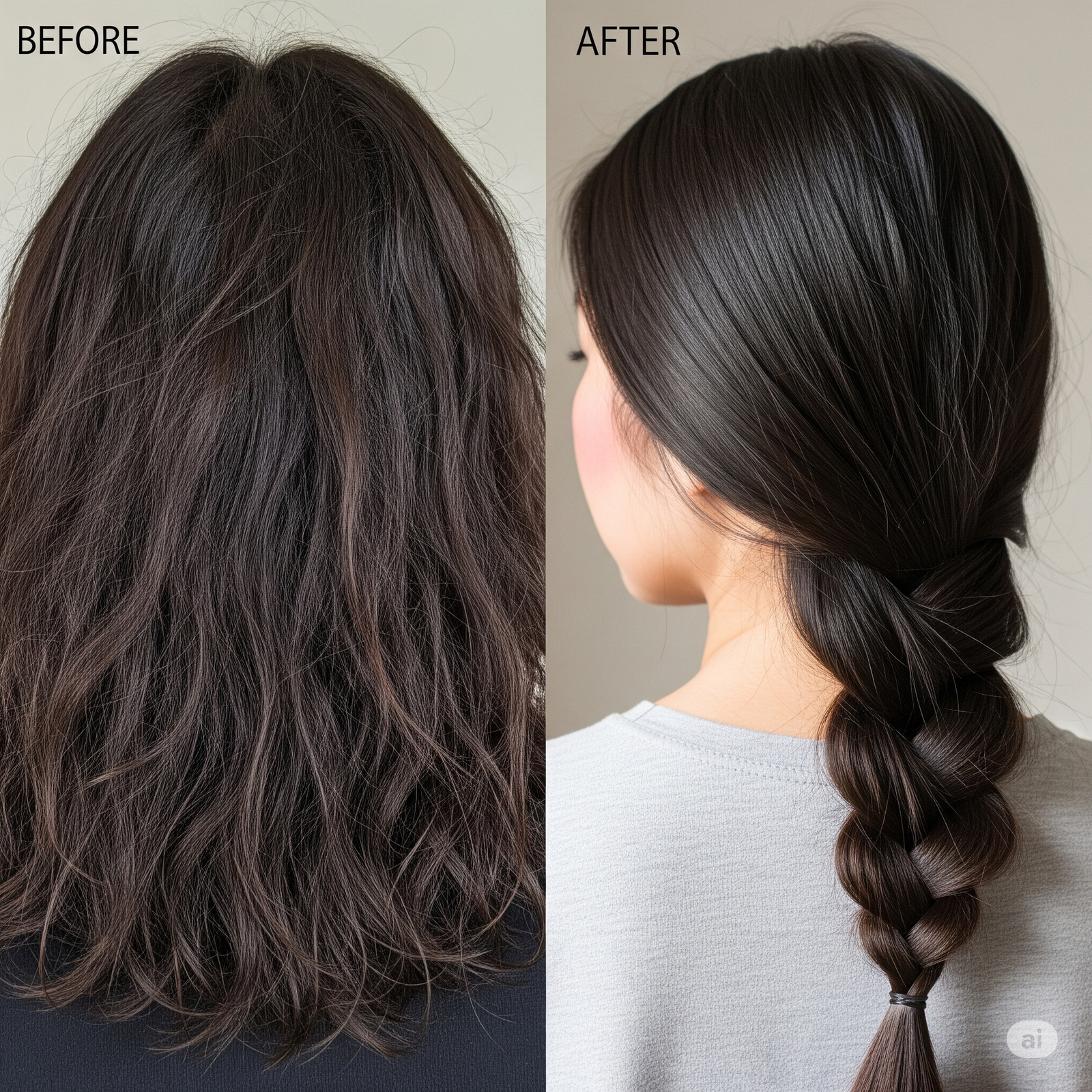
Seasonal Adjustments and Long-Term Hair Health Strategy
Adapting DIY hair masks for monsoon frizz throughout different seasons and weather conditions has taught me that effective natural hair care requires flexibility and observation rather than rigid adherence to single formulas. Monsoon season demands intensive moisture and humidity protection, while post-monsoon periods may require clarifying treatments that remove buildup from extended use of oil-based masks.
Pre-monsoon preparation involves gradually increasing treatment frequency to build hair strength and moisture reserves before humidity levels peak. I typically start intensifying my natural hair care routine 4-6 weeks before monsoon season, using protein treatments twice weekly and deep conditioning masks weekly to prepare hair for environmental challenges.
During peak monsoon conditions, I focus on maintenance treatments that provide ongoing protection without overwhelming hair with excessive products. This usually means alternating between different mask types weekly and adjusting ingredient ratios based on current humidity levels and hair response.
Post-monsoon recovery addresses any damage or buildup that may have accumulated during intensive treatment periods. I incorporate clarifying masks with apple cider vinegar or lemon juice to remove residue while gradually reducing treatment frequency as environmental conditions become less challenging.
Long-term success with natural hair treatments requires patience and consistency rather than expecting immediate dramatic results. I’ve found that the cumulative effects of regular natural treatments create stronger, healthier hair that becomes increasingly resistant to environmental damage over time.
Cost Comparison and Environmental Benefits
The financial advantages of DIY hair masks for monsoon frizz become apparent when comparing costs with commercial alternatives over extended periods. My monthly investment in kitchen ingredients for hair treatments averages $15-20, while comparable commercial products would cost $60-100 monthly for similar coverage and effectiveness.
Beyond immediate cost savings, natural ingredients provide better value through their versatility and multiple uses. Coconut oil serves as both hair treatment and skin moisturizer, while eggs provide nutrition and hair care benefits. Furthermore, ingredients like honey and avocado can be purchased in larger quantities and used for both culinary and cosmetic purposes.
Environmental impact represents another significant advantage of kitchen-based hair care, as these treatments eliminate plastic packaging waste and reduce dependence on products containing synthetic chemicals that can harm water systems. Additionally, natural ingredients biodegrade completely without leaving harmful residues that affect environmental health.
The sustainability aspect of natural hair care aligns with growing environmental consciousness while providing superior results for monsoon frizz control. Moreover, sourcing ingredients locally reduces transportation-related environmental impact while often providing fresher, more potent treatments.
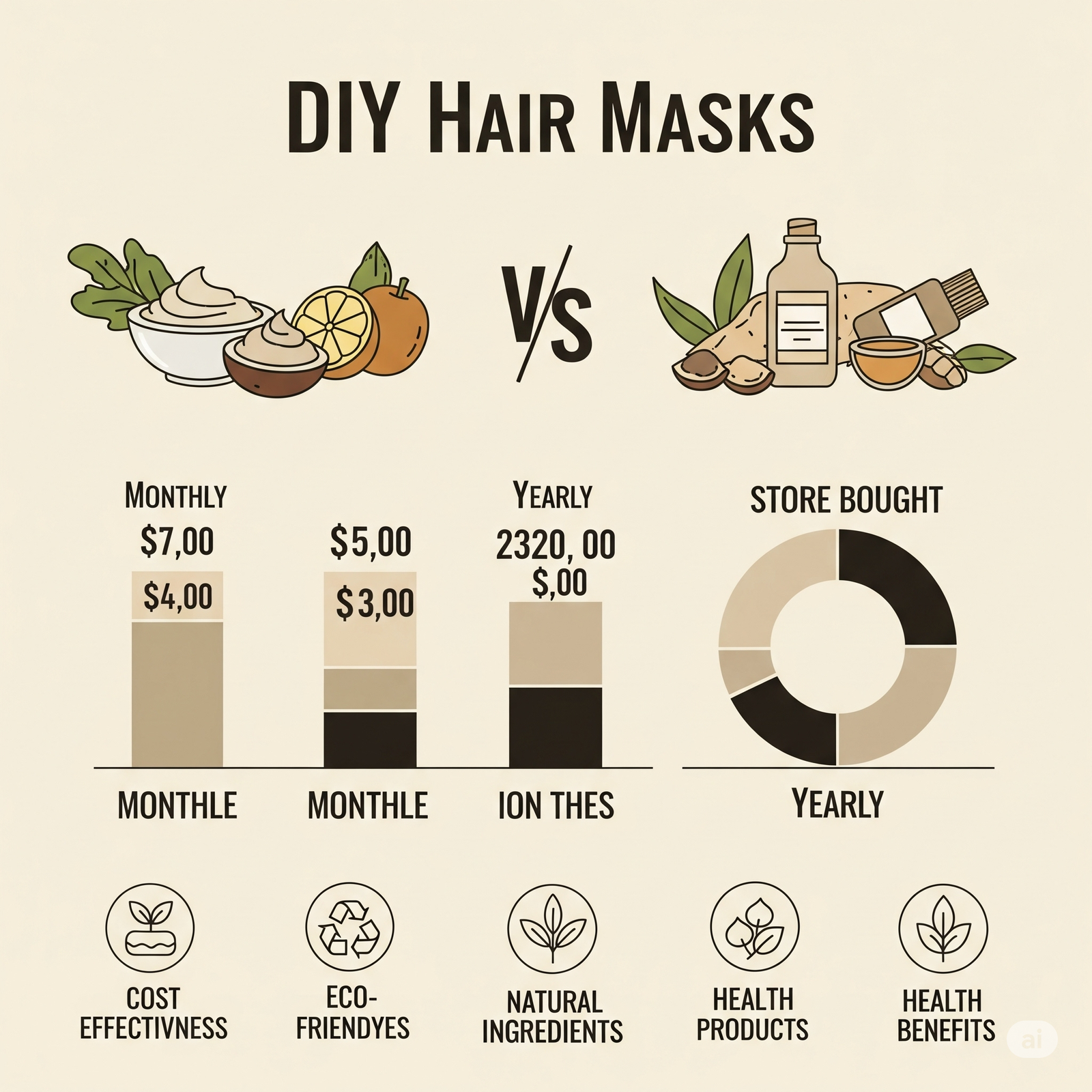
Expert Insights and Scientific Validation
Recent research from dermatological and trichological institutions increasingly supports the effectiveness of natural ingredients for hair care, validating traditional methods that have been used for centuries. Studies published in the International Journal of Trichology confirm that natural oils and proteins can improve hair structure and moisture retention more effectively than many synthetic alternatives.
My results align with research showing that natural treatments provide cumulative benefits that improve hair health over time rather than simply masking problems temporarily. The absence of harsh chemicals means that regular use of DIY hair masks for monsoon frizz strengthens hair rather than causing long-term damage often associated with commercial products.
Professional hairstylists increasingly recommend natural treatments as complementary or alternative approaches to chemical-heavy products, particularly for clients dealing with environmental damage from humidity and pollution. Furthermore, trichologists note that natural ingredients rarely cause scalp irritation or allergic reactions sometimes associated with synthetic hair care products.
Clinical studies specifically examining coconut oil’s molecular structure confirm its unique ability to penetrate hair shafts due to its low molecular weight, supporting my observations about its superior effectiveness compared to larger synthetic molecules used in commercial products.
User Experiences and Community Insights
Online hair care communities consistently discuss DIY hair masks for monsoon frizz, with platforms like Reddit’s r/HaircareScience and various Facebook groups dedicated to natural hair care sharing thousands of success stories similar to my own experience. These communities provide valuable insights into ingredient combinations and application techniques that work for different hair types and conditions.
Common themes in user experiences include initial skepticism followed by surprise at the effectiveness of simple kitchen ingredients, gradual improvement in hair health over several weeks of consistent use, and significant cost savings compared to salon treatments or high-end products. Moreover, users frequently report that natural treatments work better for long-term hair health than commercial alternatives.
Troubleshooting discussions in these communities helped me refine my techniques and avoid common mistakes that can reduce treatment effectiveness. Additionally, user modifications and variations have inspired me to experiment with ingredient combinations that I might not have considered otherwise.
The collective wisdom of natural hair care communities emphasizes patience, consistency, and customization as key factors for success with DIY treatments, insights that have proven invaluable in my hair care journey.
FAQs
How often should I use DIY hair masks during monsoon season?
Based on my experience, I recommend using these masks 2-3 times per week during peak monsoon season for severely frizz-prone hair, and once weekly for hair with minimal frizz issues. Consistency matters more than frequency, so start with once weekly and adjust based on your hair's response.
Can these kitchen ingredient masks damage color-treated hair?
I've used these masks on my color-treated hair for over two years without any color-fading issues. However, I recommend avoiding masks with lemon juice or apple cider vinegar if you have recently colored hair (within 2 weeks), as acidic ingredients can potentially affect fresh color.
How long do homemade hair masks last, and can I make them in advance?
Fresh masks work best, but I've successfully stored egg-based masks in the refrigerator for up to 2 days. Fruit-based masks should be used immediately to prevent oxidation. I usually make single-use portions to ensure maximum freshness and effectiveness.
Will these masks work for all hair types and textures?
Yes, but you may need to adjust ingredient ratios. Fine hair benefits from lighter formulations with less oil, while thick or coarse hair can handle richer treatments. Curly hair typically needs more moisture, so increase oil content for better results.
